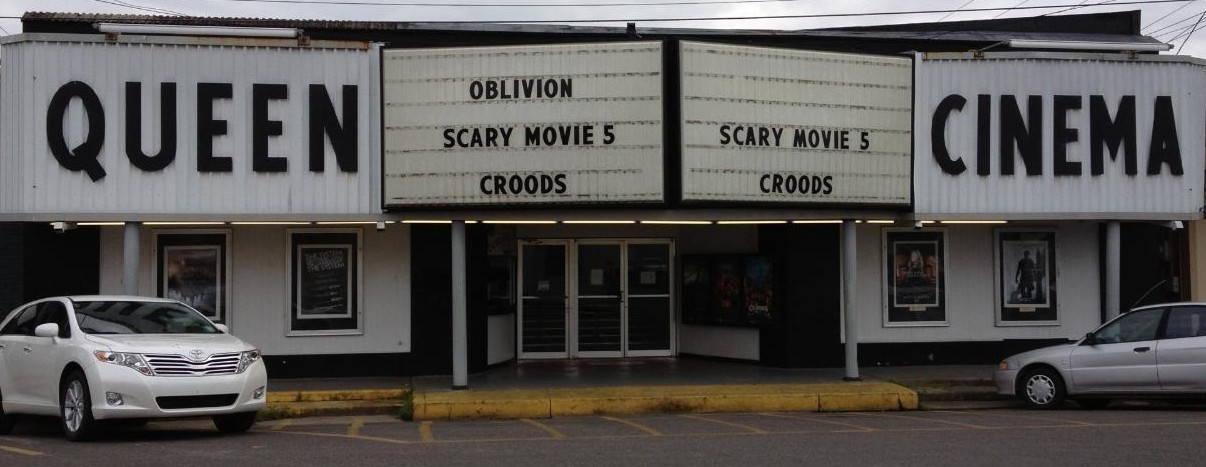The previous was written by the universally admired, if excessively modest, Peter Keough, one of the two Go’s in Critics A Go-Go. I’m Henry Sheehan (not a legend so much as a distant rumor), based in Los Angeles since 1986, a native of Greater Boston, and, yes, a B.C. High boy. And, oh yes, unable to post a picture here. Next time.
As Peter noted, some recent movies have bent their depictions of terrorists to make them more appealing to the Western middle class. That is, these anti-bourgeois destroyers are simultaneously upholders of bourgeois values through dramatic sleight of hand. At times, the movies are effectively slick, but fundamentally specious.
Terrorists aren’t the only killers to benefit from a whitewash. The Iceman, co-written by Morgan Land and Ariel Vromen and directed by Vromen, tells the purportedly true story of a professional hit man who knocked off over a hundred victims in order to maintain a middle-class life for his wife and daughters, who never suspected what dad was up to. A true psychopath, Richard Kuklinski began his killing career by settling personal grudges before going to work for a mid-level gangster in New Jersey. During these early days, Kuklinski also developed an aw-shucks crush on sweet Deborah Pellicotti, whom he quietly pursues until she agrees to marry him.
Kuklinski is depicted as coldblooded and conscience-free (although he does refuse to off women and children). To break up the monotony of serial murders performed by a near automaton, Vromen plays with the mood of the most violent scenes, to the point of alternating the ghoulish with the ghoulishly funny. He is a competent filmmaker (rare enough these days) and The Iceman is well shot and, especially, well edited. The director has a sure sense of pace and is adept at relating a packed narrative.
Michael Shannon is effective as Kuklinski, though the performance relies on the stark qualities he uses to animate most of his characters. But his large forehead, overhanging brow, and growl of a voice does recall a character from Hollywood’s Golden Age: Frankenstein’s monster – or at least the monster that was brought to the screen by James Whale. But Whale was able to bring to the monster what Vromen doesn’t – maybe can’t – which is a crucial sense of ambivalence. Whale’s creature is a monster because of the criminal brain implanted in him, yes, but his violence is sparked by human hostility. He is taunted by Frankenstein’s assistant Fritz and hated by villagers when he accidentally kills a little girl because he doesn’t know his own strength. Then there’s the monster’s horrible death, a mob cheering as he screams in pain inside a burning windmill. But Whale doesn’t underplay the monster’s threat; he does kidnap Dr. Frankenstein’s bride-to-be.
In modern Hollywood, the mad scientist’s monster has largely been replaced by the psychotic killer. Rarely, but occasionally, a filmmaker will try to get into a killer’s head. But Vromen is Kuklinski’s ally in compartmentalizing his life. There are only tenuous and largely glib connections between the two halves of the killer’s life. So the film is compartmentalized, too, a series of scenes linked by plot but not by revelation.
–Henry Sheehan
